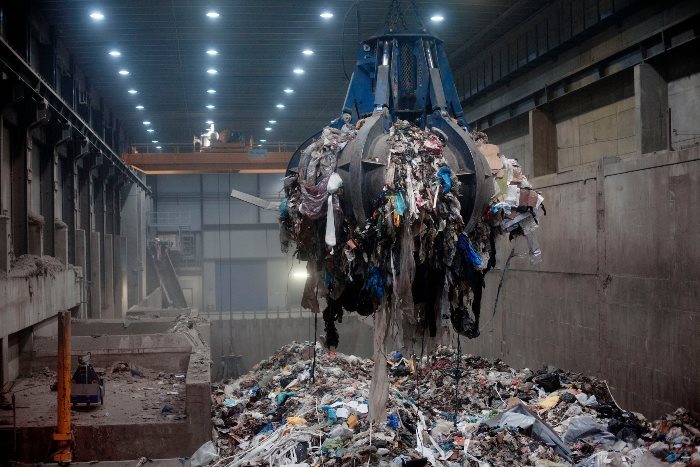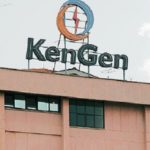Waste management is called the entire process that encompasses the necessary activities to take care of a waste.
Waste management begins with the collection of the same, their transport to the prepared facilities and their intermediate or final treatment. This treatment can be used by the waste or its disposal. In recent years the interest for this activity to generate the lowest risk to health and the environment has increased.
There are different types of solid waste, such as those generated in cities (domestic, residential, institutional or commercial), agricultural or industrial (productive sectors, industries, industrial estates, health, etc.).
The main waste in top Kenyan cities is produced by human activity.
It is considered as a hazardous industrial waste, due to its toxic or dangerous characteristics, due to a high concentration of risk, it requires a specific treatment and a periodic control of the potential harmful effects.
Waste Management Methods
- Controlled discharge:
It consists of a principle in the placement of the waste on the ground, extending them in thin layers and compacting them to reduce their volume. It is usually performed daily with soil cover to minimize the risks of environmental contamination and to promote the biological transformation of fermentable materials. The proper choice of land is essential, especially to preserve surface and groundwater from leachate contamination. The treatment that can be followed is that of light compaction and coating with greater periodicity or intense compaction without coating.
This system has the advantage of having low installation and operating costs, high capacity to absorb production, little environmental impact if it is well managed and possibility of being used, eleven clogged, as a sports area, landscaped, etc.
The disadvantages can be cited the need for large areas, the need to be located away from urban centers with the consequent expense involved in transportation, the clogging and need to change places, and, above all, the impossibility of taking advantage of the resources contained in the waste On the other hand, it is not defined what will be the possible evolution of the waste within this closed system, that is, the physical, chemical and biological phenomena that can alter these dumps with time.
- Incineration:
Incineration consists of a controlled combustion process that transforms the waste into inert materials (ashes) and gases.
The advantage is that it needs little land for its implantation and to be able to locate its facilities in areas close to urban centers; In addition, any type of waste with calorific value can be incinerated and adapted for the management of sewage sludge.
Its main disadvantage lies in the fact that it is not a total waste disposal system, because although its weight is reduced by 70% and its volume by 80-90%, it generates ash, slags and gases. It also needs a high economic investment, since it requires a high contribution of external energy, since these residues have a rather low calorific value. Likewise, it is necessary to foresee the possible contamination derived from the combustion gases.
- Recycling:
Recycling is a process that aims to directly or indirectly recover certain components contained in the waste. It is based on the conservation of natural resources.
This system supposes an appreciable reduction of the volume of waste to treat and, of course, favors the protection of the environment. The recycling can be carried out by direct recovery of the components present in the waste (by selective collection) or starting from the gross set, by crushing, screening, separation of the light fractions and classification of the rest by wet, electromagnetic, electrostatic and flotation by foams, for obtaining and purifying metals and glass.
- Composting:
Composting consists, of the transformation, through controlled fermentation, of the fermentable organic matter present in urban waste in order to obtain a safe product with good properties as fertilizer or organic amendment of soils that is called compost.
The process involves the separation of most metals, glass and plastics, and the subsequent fermentation of organic matter. This fermentation can be natural or accelerated in digesters.
Compost can be defined as the product that results from the composting and maturation process, constituted by a stabilized organic matter, somewhat similar to humus, with little resemblance to the original material, since it has degraded resulting in finer particles and dark.
It is an innocuous product free of phytotoxic substances, whose application does not cause damage to plants, and its storage without further treatments or alterations.
- Reduce
The process of waste management can be also applied through the use of Reduce process
To do so, the following should be considered
- Buy only what is necessary and, if possible, make it biodegradable. It decreases the disposable products or those that contain several packages.
- Use preferably rates, cups and ceramic plates.
- Use returnable containers.
- Take grocery bag instead of plastic bags.
- Use the sheets of paper on both sides.
- Make new notebooks with the remaining leaves of the notebooks in disuse.
- Organize garage sales or sale of items that are no longer useful.
- Use rechargeable batteries. It gives maximum utility to things without destroying them.
- Use an object again for another purpose than the one purchased.
- Employ reuse factors
The citizens can also be encouraged to employ use of the reuse factors such as
Use several times, as much as possible, all the objects that are going to be thrown away, or adapt them as substitutes for other objects that you can use.
There are many possibilities, for example, use the sheets of paper on both sides and fill the bottles of water and soda with prepared water at home.
7.Engage Citizen in the process of recycling of waste products
Citizen should be encourage in the initial process, this separates the waste into organic and inorganic from the moment it is generated.
They should also rinse used multilayer cardboard containers (juice, milk, etc.), and crush them to save space; They can deposit them in the containers that are in some self-service stores.
Also they can remove the lid and crush the plastic bottles. Alternatively l;ocate collection centers that buy recyclable materials.
- Encourage use of environment friendly products
Ban on plastic bags should be well implemented and move quick to address other environment threatening products such as use of coal.
This should be addressed on a abroad spectrum and encourage use of better environment friendly products such as cooking gas instead of Kerosene.
Conclusion
In conclusion, both the government and the citizens have a big role to play in fighting the waste management issue.
With both having one finger pointed to them and to the other, it is time for everyone to play a vital role so as to put the waste pollution issue into the dust bin














